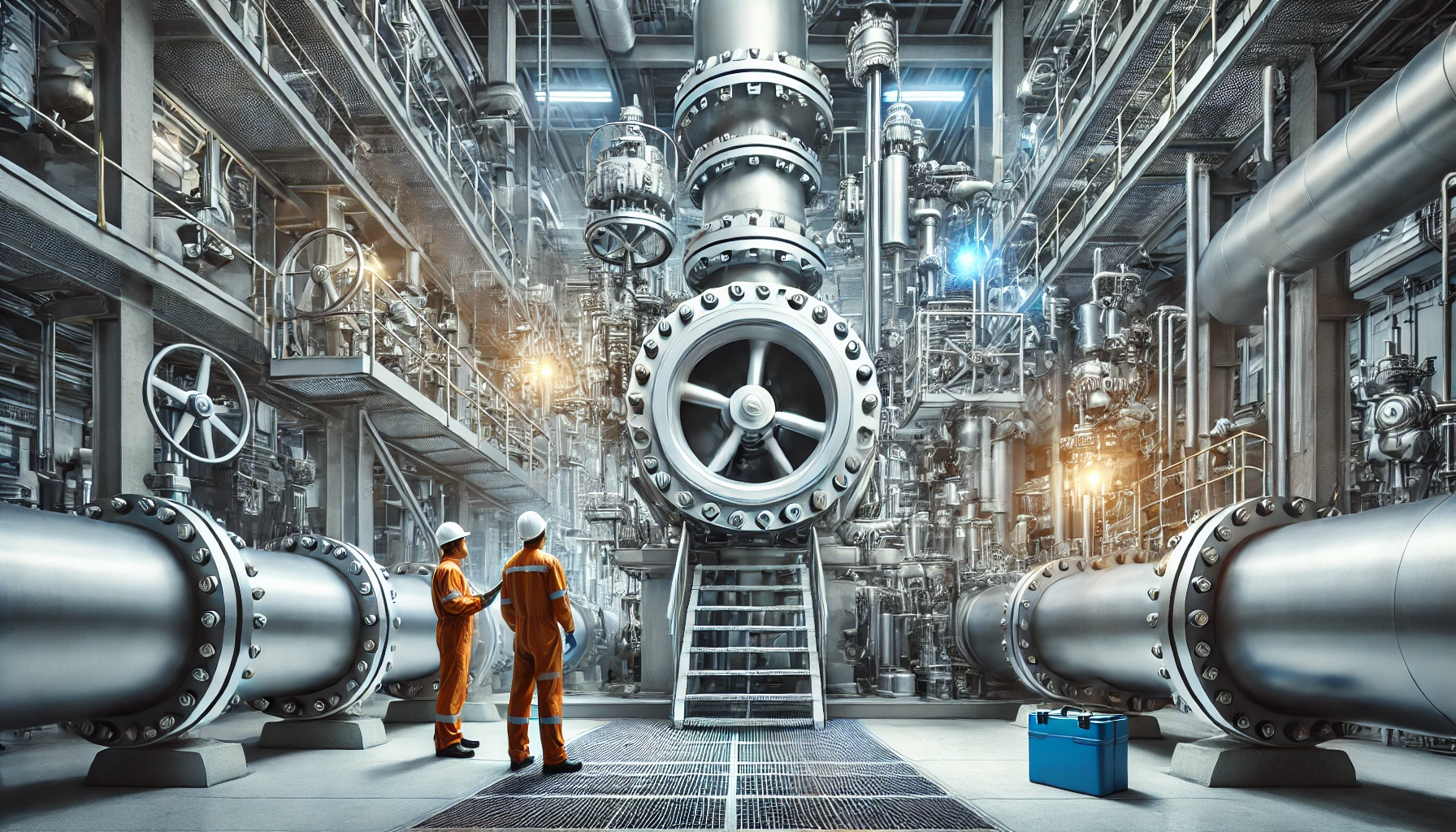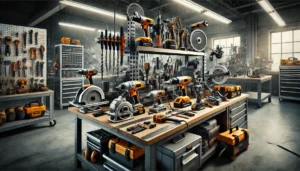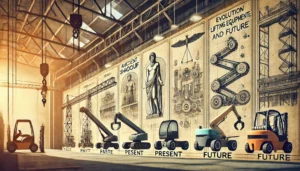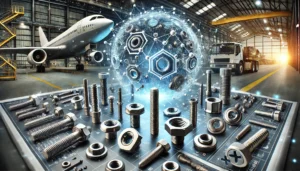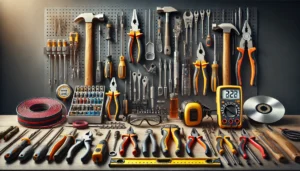Safety is a huge priority when it comes to operating equipment and systems in industries. PRVs (pressure relief valves) ensure that protective measures are taken to regularly relieve the system pressure in an automated and predetermined manner so that equipment damage, failure or even explosions do not take place.
Function and importance
The main responsibility of the PRV is to open and release any excess liquids and unlock the system from damaging pressure. For example, once the threshold of pressure that may cause damage is crossed, the valve releases any excess liquid. Afterwards, when the pressure has dropped to safe levels, the valve closes which guarantees that the system works under safe conditions. Having control and precision on the amount of pressure in specific systems and operations is crucial in the oil and gas, power generations, water treatment and chemical processing industries which is done efficiently and safely with the help of pressure relief valves.
Types of Pressure Relief Valves
There are many different valves for each specific demand. Some of them are:
- Spring-Loaded Relief Valves: The feature these valves contain is a spring mechanism that allows the valves to only stay closed. If the system pressure is raised beyond the desired limit, the spring will allow the valves to open for releasing the extra pressure.
- Pilot Operated Relief Valves: These types of valves employ a pilot valve to manage the opening and closing of the main valve. This helps them achieve significant accuracy in controlling pressure, thus enabling their usage in high pressure scenarios.
- Rupture discs: This device does not permit re-pressurization and serves as a once-off pressure relief measure which safeguards a pressure container, machinery or system from exceedingly high pressure or destruction vacuum situations.
Uses in Different Sectors
Pressure relief valves are used in many different sectors for safety and operational purposes:
- Chemical Processing: In chemical plants, PRVs mitigate and control the pressure within reactors, stock tanks, and batteries’ pipelines in order to avoid catastrophic chemical leakage and even explosions.
- Oil and Gas: In oil and gas industries, PRVs serve an important function in the protection of overpressure of drilling rigs, pipelines, and storage tanks which avoids blowouts and destruction of the equipment.
- Power Generation: In power plants, the valve keeps the pressure within the boilers and steam systems under control, thereby preventing catastrophic disasters and failure.
- Water Treatment: In PRVs, water treatment plants, the valves control the pressure within pipelines and storage tanks to air water freely without aggravating water torrents which can burst the pipes.
Design and Selection Considerations
While choosing a suitable pressure relief valve, one must consider the following factors:
- Set Pressure: A system’s maximum allowable working pressure governs the opening of the valve, and to set the valve opening correctly, it needs to be properly calibrated.
- Flow Capacity: The valve should be able to allow flow to the maximum degree that is possible for an overpressure situation.
- Material Compatibility: A polymeric valve system should not be used with aggressive fluids as it might get corroded and its longevity will be seriously affected.
- Response Time: When a system is subjected to a pressure increase, time lag for the valve opening should be nominal in order to prevent system damage.
Maintenance and Inspection
Effective functioning of pressure relief valves requires regular maintenance and inspection which involves the following aspects:
- Routine Testing: In addition to function testing, all valves require periodic testing to check the opening set pressure and the reaction time.
- Cleaning: All valves should be serviced regularly in order to remove dirt which can adversely impact their working.
- Replacement: An integral part of any system is components which need to be monitored and can be considered for replacement when defective or aged to ensure the safety of the system.
Regulatory Standards
To comply with new rules, legislation, and industry practices, designs, installations, and maintenance of pressure relief valves follow specific guidelines.
- ASME Boiler and Pressure Vessel Code: It is a guideline which covers the design and construction of safety devices in pressure vessels, their supporting structure, and all other components.
- API Standards: The American Petroleum Institute outlines the design and operation for pressure relief devices in the oil and gas industry.
- ISO Standards: The International Organization for Standardization issues global standards regarding pressure relief valves in order to provide consistency and safety across all industries.
Conclusion
Apart from these features, overcoming system pressure inducing pre-defined limits is critical for system reliability in industrial operations. This overpressure mitigation is vital not only to ensure the equipment would not get damaged, but also to ensure that the environment is not endangered and safety incidents can be avoided. It is imperative for the engineers and operators to be aware of the kinds of these valves as well as their applications and their servicing demands for safe and effective operations in diverse industries.

